Substitutional and Vacancy defects in Two-dimensional ALSB: a First Principle Approach
₦3,000.00
If you are interested in getting this project material “Design, Construction and Simulation of Maize Cobs Fluidized Bed Combustor”, click on the DOWNLOAD BUTTON to make payment and the file will be delivered to your email immediately after confirmation.
Description
Download Substitutional and Vacancy defects in Two-dimensional ALSB: a First Principle Approach. Mechanical Engineering students who are writing their projects can get this material to aid their research work.
Abstract
This study adopts the theory of fluidization to design a combustor suitable for use in the rural communities of Nigeria.
The Combustor, which will use sand particles as bed material, will burn maize cobs supplied at 5kg/h to generate heat energy for thermal applications including steam generation.
Like most African countries, the lack of adequate electricity supply in Nigeria has hampered economic activities, with less than 40% of the rural community connected to the national grid due to the high cost of rural electrification exercises.
Furthermore, the rural population continuously relies on the direct burning of solid biomass (like fuelwood) as means of obtaining much-needed heat energy for basic applications like cooking and heating, constituting an environmental nuisance.
The study contends that using a bubbling fluidized bed combustor, it is possible to reduce energy poverty in the rural areas of Nigeria while complying with the sustainable development goals.
Introduction
Global demand for energy has led to the rapid depletion of non-renewable energy resources (fossil fuels). This demand, along with high crude oil prices are key factors driving renewable energy development and utilization (Omer, 2013).
Renewable energy is the energy that comes from natural sources such as the sun, wind, water, and plant or animal organic matter. It is replenished by natural processes at a rate equal to or faster than the rate at which it is consumed.
Biomass, a renewable energy source, refers to biological material from living or recently living plants and animals. It can either be used directly or converted into other energy products such as biofuel.
While the discovery of fossil fuels has led to a decline in the use of biomass, recent data have indicated renewed efforts towards the conversion of biomass to bioenergy either by combustion, gasification, conversion of biomass to biofuels, or biomass briquettes.
How to Download this Project Material
First, note that we are one of the best and most reliable online platforms because we don’t retain any of your personal information or data as regards making payments online.
PRICE: ₦3,500 ₦3,000 (Three Thousand Naira Only)
Make a bank deposit or mobile transfer of ₦2,000 only to the account given below;
Bank Name: UBA
Account Number: 1022564031
Account Name: TMLT PRO SERVICES
After making the payment, CLICK HERE to send the following on WhatsApp;
- Depositor’s Name or Screenshot of Payment
- Name of the Past Question
- Active Email Address
or Call Us On +2348082284439
Once your details have been received and your payment confirmed by us, you will receive the past question in your email or WhatsApp within 5 Minutes.
Guarantee of Getting the Material
We understand that due to the high rate of fraud, many people are afraid of making purchases online but be rest assured that PastExamQuestions will deliver your material after payment.
Once your details have been received and your payment confirmed by us, you will receive the past question in your email or WhatsApp.
Give us Feedback
Have we been able to satisfy you? How well do you think the material will be helpful after having gone through it? Does the price worth the material? Let’s hear from you!
We recommend that our customers give feedback at the end of every transaction to enable us to serve better. You can do this by clicking the review button on this page.
Where is the review button? >> Just scroll up to where you see reviews
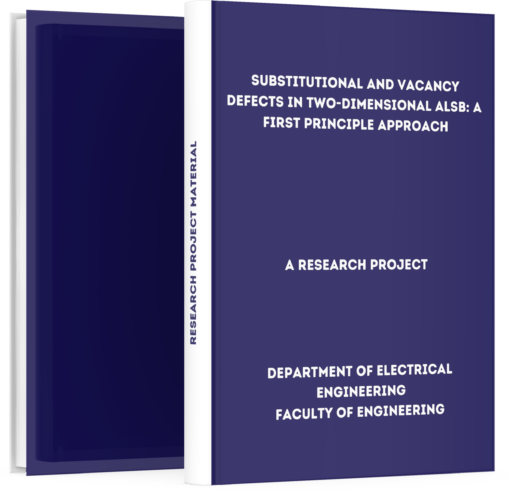
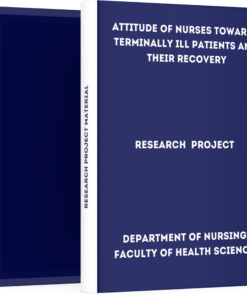
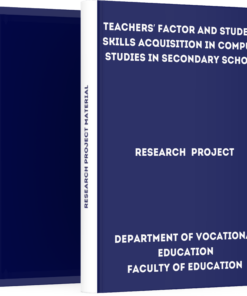
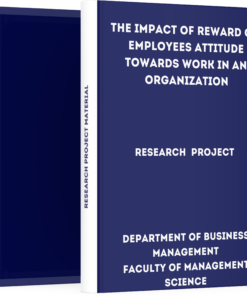
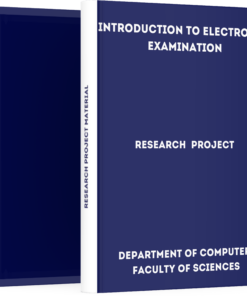
Reviews
There are no reviews yet.